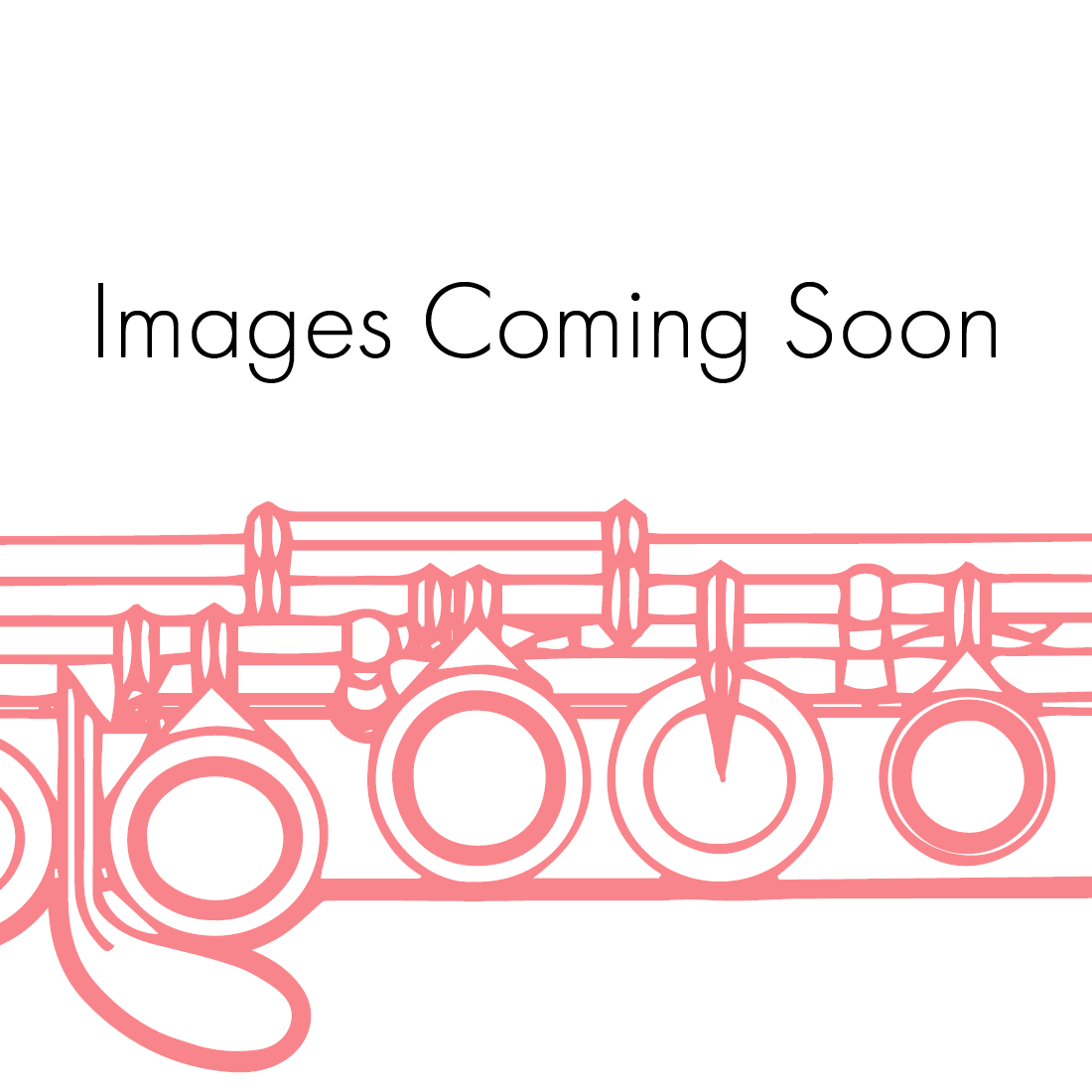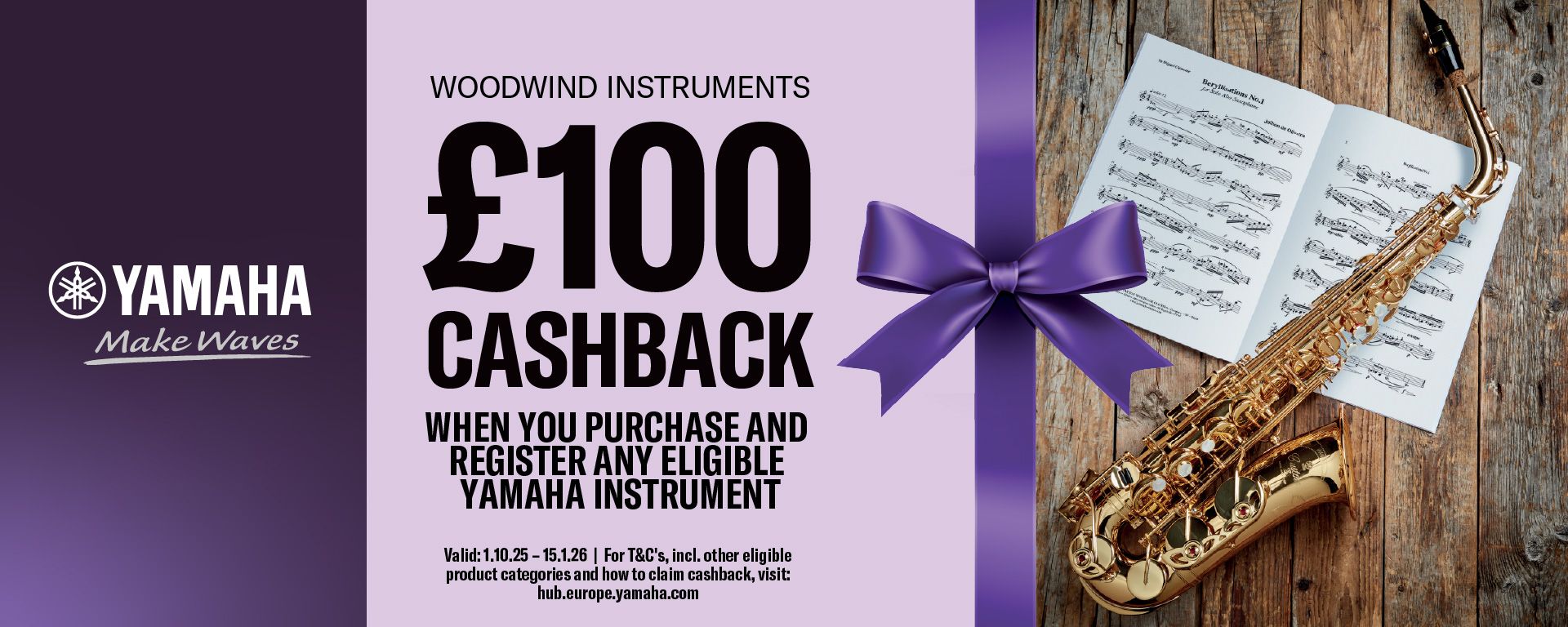Chaconne from the Partitat No. 2 in D minor BWV 1004 for Piano Solo

From the Publisher
Feared, respected and loved. Touchstone, borderline experience and temptation. One of the great and still most mysterious works in music history is the Chaconne by Johann Sebastian Bach, a work that was composed for the violin and transcribed several times for the piano, a work that is played by orchestras, by organists and guitarists, by cellists and Drummers.
In the summer of 1720, Bach returned home from Karlsbad after a business trip lasting several months. What he didn't know: he came back a widower. Maria Barbara, his wife, had died shortly before. Bach could only say goodbye to her at the grave. A little later he began composing a partita for solo violin. The key: gloomy, D minor. The first four movements have a length of 155 bars, but the fifth, the Chaconne, is beyond the scope. It extends over 257 bars and revolves around several chorale themes dealing with death and resurrection. As later in the Goldberg Variations, Bach shifts the main theme to the bass part, and both works are based on a saraband rhythm. Robert Schumann arranged the Chaconne in 1853 for violin with an obbligato piano part, and Johannes Brahms designed a version for piano around 1877, "An Exercise for the Left Hand", as he called it. The Chaconne occupies the most prominent place in Ferruccio Busani's Bach arrangements published between 1916 and 1919. Busoni created a demanding concert piece from the original, with opulent, organ-like timbres. At first he had even thought of an orchestral version, but then changed his mind.
When Martin Stadtfeld was asked to include this Busoni version in the program for a concert appearance in Asia, he noticed, despite all the admiration, "that this arrangement did not coincide emotionally with my feelings. Because every transcription already contains part of the interpretation." So Stadtfeld began to look for what his internal resistance could be tied to. Busoni's composure seemed too bombastic, too virtuoso, too massive. Of course, Stadtfeld's version also emphasizes the bass foundation, the rhythmic structure of which for him contains "something archaic", especially in connection with the interval of the fifth - the interval in which a violin is tuned. What is important to Stadtfeld about his work is that he has "found different colors for the respective parts that are supposed to be differentiated from each other".
Stadtfeld does not want to rule out that there was an earlier form of this Chaconne in Bach's mind. Of course, like so much with Bach, this cannot be proven. "But some interleaving in major reminds me of his earlier organ works and the circling around the open strings is known from the D minor Toccata." Bach had already written these during his time in Arnstadt, where he was employed from 1703. After all, Stadtfeld recognizes in the bass dominance of the Chaconne an intellectual closeness to the C minor Passacaglia BWV 582, which was also probably composed in Arnstadt.
Martin Stadtfeld's close relationship with Bach's oeuvre has spanned many years and is documented on a number of CDs. He also directed his gaze to the less popular Bach and continued some of his unfinished designs. From the first additional canonical material found in 1976 for the "Goldberg Variations", he further developed the series of previously known variations in close motivic references. In addition, Stadtfeld often integrates small improvisations into his concert programs that are based on Bach's themes or, as in the case of the preludes and interludes to the Chopin Etudes, at least have an indirect reference to Bach.
Item Details
Our Stock Code: 1511031Instrumentation
- Part 1: Piano
Category: Piano Repertoire
Publisher: Schott
Publisher's reference: ED 23299
Media Type: Paperback
HS Code: 49040000

